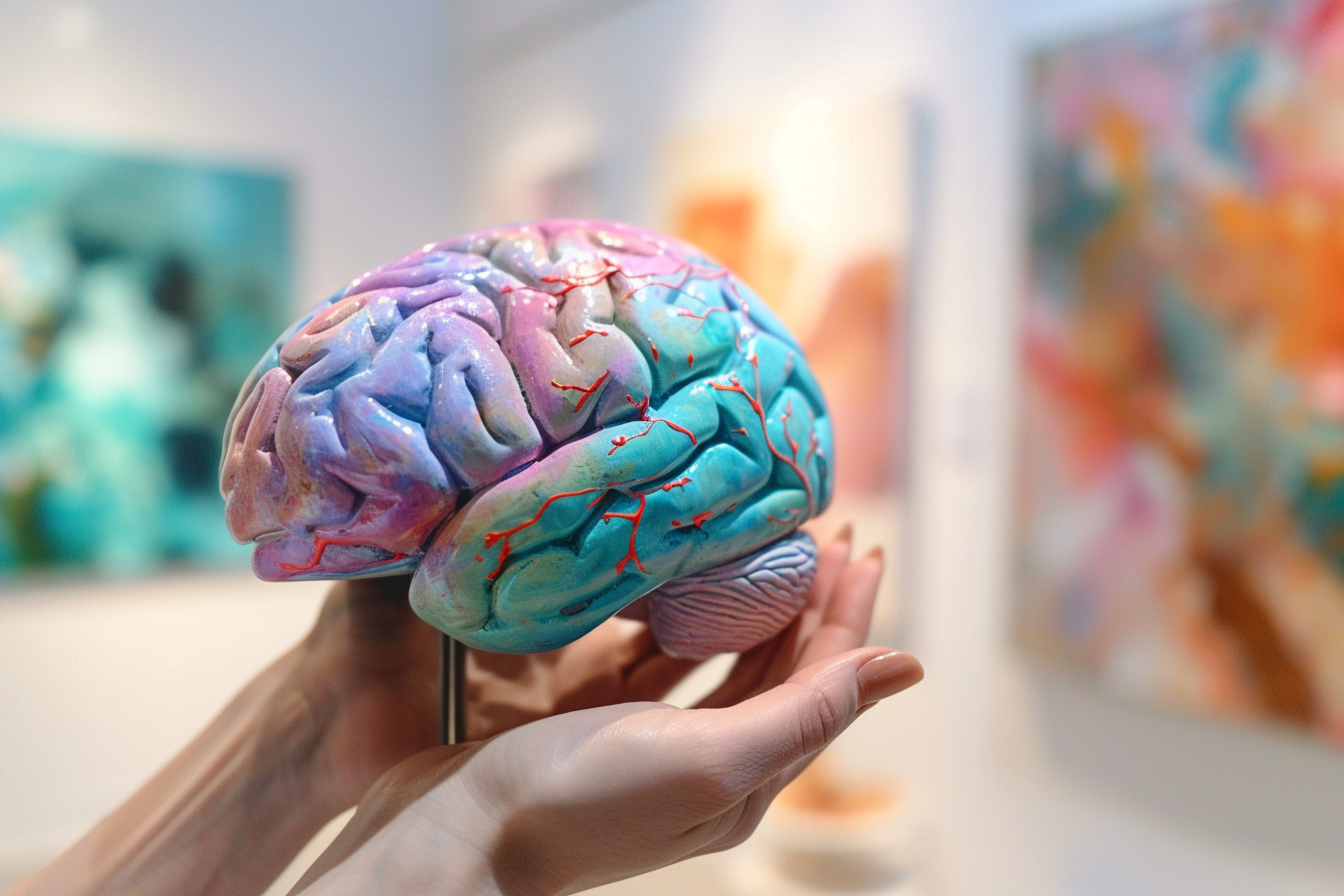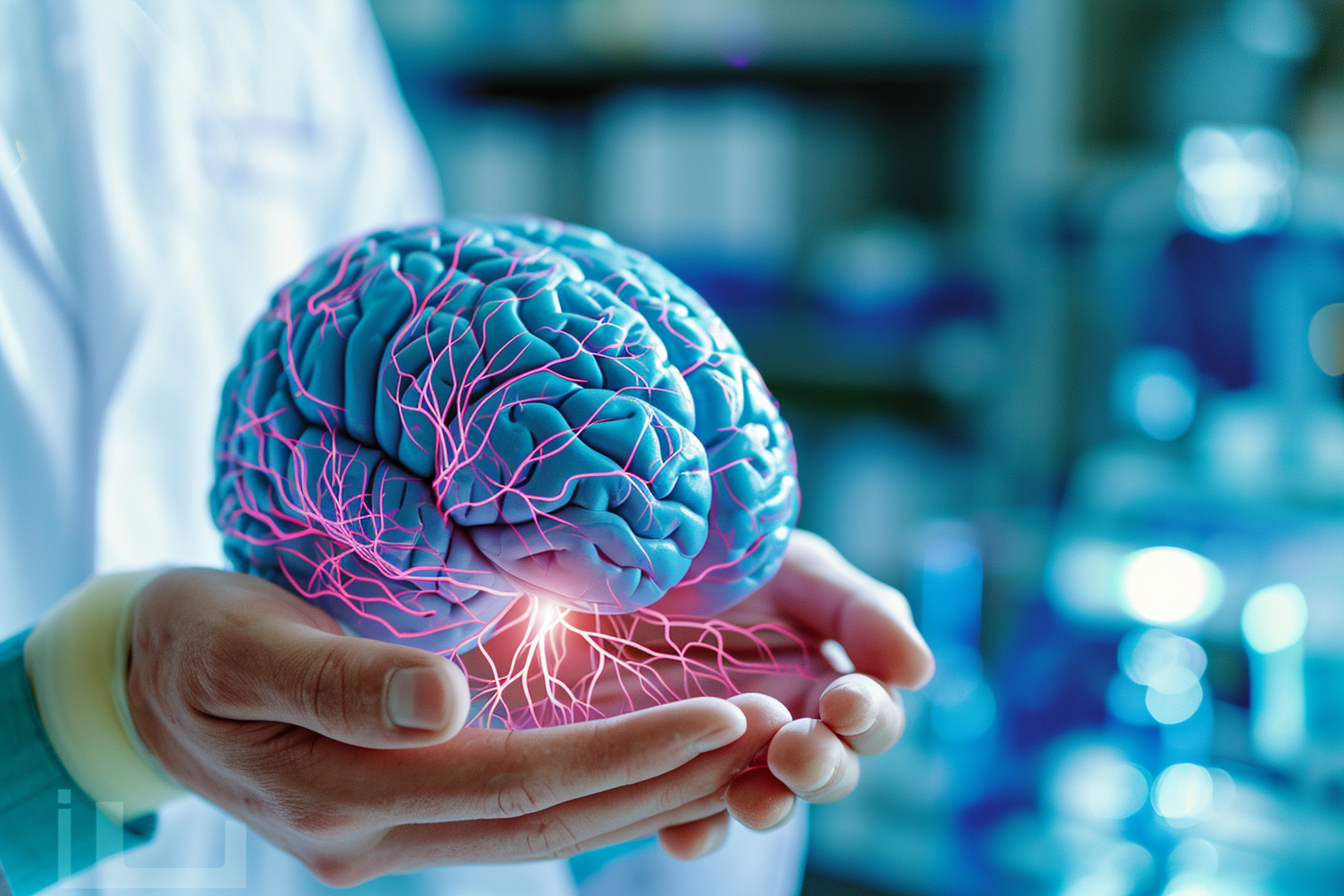Neuroaesthetics is a growing scientific discipline that lies at the intersection of cognitive psychology, neuroscience and aesthetics. She studies the brain processes involved in the perception, appreciation and creation of art and beauty. Thanks to this branch of knowledge, we begin to understand how our brain reacts to different artistic and aesthetic stimuli.
The brain, an active spectator
Our brain is not a simple passive receiver of beauty or art. In reality, it plays an active role, processing and interpreting the sensory stimuli it receives. Specific areas of the brain are involved in this interpretation: the visual cortex for perceiving shapes and colors, the limbic system for emotions, and the amygdala for affective reactions, to name a few.
Artistic perception and emotional response
When we contemplate a work of art, our brain triggers a series of emotional responses. These emotions are often the result of a complex interaction between our personal experiences, our culture and the current context. Neuroaesthetics seeks to elucidate how these factors influence our perception of art and what brain mechanisms are at work when a work deeply touches us.
The influence of culture and experience on the perception of beauty
Beauty is not universal. What we consider aesthetically pleasing is heavily influenced by our cultural upbringing and personal experience. Neuroscientists have observed that aesthetic preferences can vary widely from person to person, reflecting the diversity of our life histories and cultural exposures.
Aesthetic pleasure and its neural foundations
The pleasure we experience in beauty or art is accompanied by activation of certain brain areas, notably the orbitofrontal cortex, associated with decision-making and pleasure. This revelation shows that our appreciation of art is inscribed in our very biology, and that aesthetic pleasure can be seen as a cerebral reward.
Art as therapy: implications of neuroaesthetics

The therapeutic potential of art is one of the most fascinating practical applications of neuroaesthetics. By analyzing brain responses to art, researchers are beginning to understand how artistic engagement can promote healing and psychological well-being. Art therapy draws on these findings to help individuals overcome various emotional and psychological difficulties.
The experience of art engages several senses
The experience of art is not only visual; it can also engage other senses such as hearing in music or touch in sculptures. Our brain integrates this multisensory information to form a richer, more complete artistic experience. Neuroaesthetics explores how these different sensory modalities interact to shape our perception of art.
Mathematical beauty and aesthetic preferences
Some theories suggest that our brains are attracted to repetitive patterns and symmetries, which might be perceived as pleasant due to their predictability and orderliness. These characteristics, often present in nature, could be the basis of our aesthetic preferences. It is interesting to see how neuroaesthetics research validates or challenges these assumptions.
Art and Human Evolution
The ability to appreciate art may have played a role in human evolution, promoting social cohesion and transmitting important information across generations. Neuroaesthetics strives to understand this evolving aspect of aesthetic perception, leading us to reflect on the importance of art in our development as a species.
Cutting-edge technologies at the service of neuroaesthetics
Technologies such as MRI (magnetic resonance imaging) allow researchers to observe brain activity in real time when an individual is exposed to artistic experiences. These tools are essential for mapping the neural circuits involved in aesthetic perception and open the door to exciting discoveries in the field.
The Enigma of artistic creativity
Creativity is at the heart of artistic production, but it remains an enigma for science. Neuroaesthetics strives to unravel the mysteries of creative thinking, by studying how artists manage to design works that go beyond the ordinary and awaken deep emotions in the public.
The role of Education in the development of artistic sensitivity
Education plays a vital role in the development of artistic sensitivity. By exposing young minds to art in all its forms, we can enrich their aesthetic perception and strengthen the neural infrastructure associated with the appreciation of beauty. Neuroaesthetics highlights the importance of integrating art into educational pathways to promote cognitive and emotional development.
Future perspectives of neuroaesthetics
The implications of neuroaesthetics go far beyond simply understanding the perception of art and beauty. This science opens up new horizons in fields like marketing, design and even technology, where understanding what attracts and holds our attention can be a key to success.
The mysteries of the interaction between our brain and art continue to arouse the curiosity of researchers and enthusiasts. Like any emerging field, neuroaesthetics raises as many questions as it answers, and each discovery opens the way to new avenues of exploration. The immensity of the potential of this discipline promises to captivate our imagination and our intellect for years to come. The study of the human brain, in its relationship to beauty and art, turns out to be a fascinating adventure which will undoubtedly give rise to surprising revelations.












